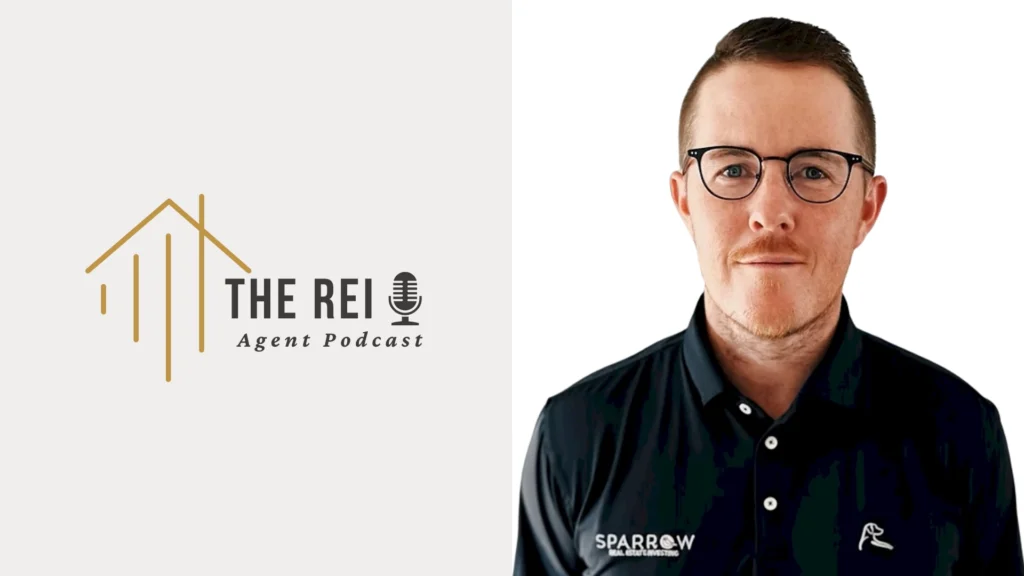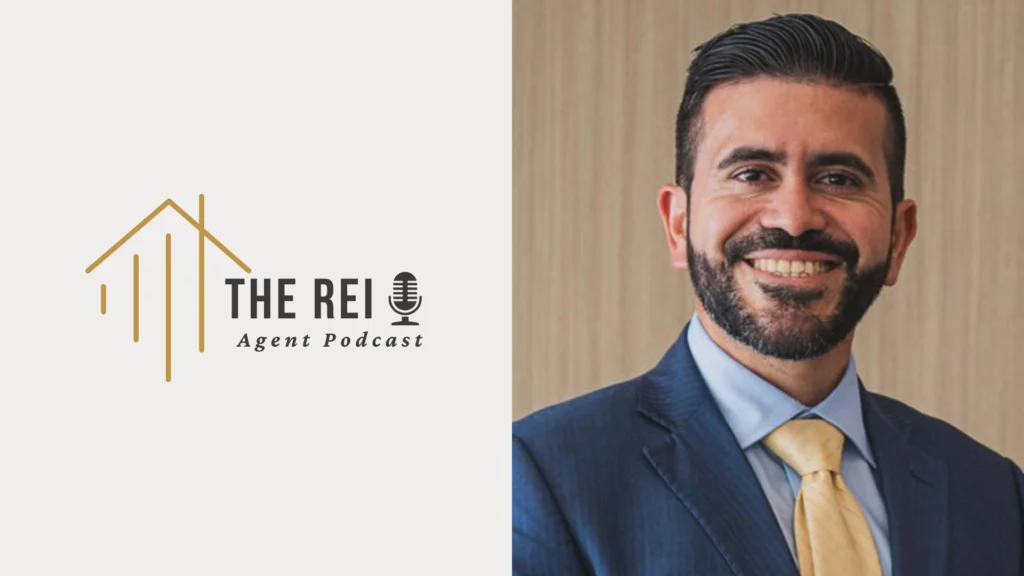Introduction: Unveiling the 1031 Exchange – A Path to Wealth?
You've probably heard about the 1031 exchange and wondered if it's truly the secret to enhancing your financial landscape. By deferring capital gains taxes, this strategy seems to offer a path to reinvestment without immediate tax burdens.
But what's the catch, and how does this process really work in building wealth? While many investors tout its benefits, there are nuances and potential challenges that could impact your decision-making.
Could a 1031 exchange be the strategic tool you've been missing, or are there hidden pitfalls that are often overlooked? Let's explore the possibilities. A 1031 exchange can offer a powerful way to defer capital gains taxes, allowing investors to reinvest their proceeds into new properties and potentially grow their wealth more efficiently. However, there are strict timelines and rules to adhere to, and any misstep can result in unexpected tax liabilities. By leveraging a 1031 exchange for financial freedom, investors can unlock opportunities for long-term growth, but they must remain cautious and fully understand the nuances to avoid costly mistakes.
Understanding 1031 Exchange Basics
A 1031 exchange, also known as a like-kind exchange, is a powerful tool that can help you defer capital gains taxes when selling an investment property.
At its core, understanding 1031 exchange fundamentals is vital for making informed decisions. You can exchange one investment property for another, as long as they're considered "like-kind," meaning they're of the same nature or character. This might sound complicated, but it's really about keeping your investment momentum going without the tax burden slowing you down.
Furthermore, leveraging tax deferral can greatly enhance your wealth accumulation and investment potential by allowing full reinvestment of proceeds into new properties.
To make the most of a 1031 exchange, you need to know if your property qualifies. Investment property eligibility hinges on whether the property is held for productive use in trade, business, or for investment purposes. This means you can't use your personal residence in a 1031 exchange, but rental properties, commercial real estate, and even some types of land usually qualify.
When you're ready to plunge into a 1031 exchange, remember that timing is essential. You have 45 days to identify potential replacement properties and 180 days to complete the transaction.
Keep these guidelines in mind, and you'll be well on your way to leveraging this strategy effectively.
Benefits of Deferring Taxes
Understanding the basics of a 1031 exchange sets the stage for realizing its true potential in wealth building. Imagine not having to pay taxes immediately on a property sale, instead reinvesting the proceeds into another property. This is where deferring taxes becomes a game-changer.
You're granted the chance for tax savings, keeping more money in your pocket to grow your investments. It's like having a secret weapon that empowers you to expand your real estate portfolio without the immediate burden of capital gains taxes.
The beauty of a 1031 exchange lies in its investment flexibility. You can seamlessly shift from one property to another, adapting to market conditions and personal goals.
Maybe you want to exchange a residential property for a commercial one, or move from one area to another with greater growth potential. This flexibility lets you strategically align your investments with your financial aspirations, maximizing returns over time.
Navigating Potential Challenges
Jumping into a 1031 exchange can be a savvy move, but it's imperative to be aware of potential challenges that might arise. You want to maximize your wealth potential, and understanding these hurdles can help. Timing considerations and property identification are critical elements that require careful navigation.
Here are some challenges you might face:
- Strict Deadlines: You've got to act fast. After selling your property, you've only 45 days to identify potential replacement properties and 180 days to complete the purchase. Missing these deadlines can disqualify your exchange.
- Property Identification Rules: Identifying the right property isn't just about picking one that fits; it must meet specific IRS criteria. You can list up to three properties, or more if their combined value doesn't exceed 200% of the sold property's value.
- Market Conditions: The real estate market can be unpredictable. Finding a property that matches your investment goals within the timeline can be challenging, especially in a hot market.
- Qualified Intermediary Requirement: You can't handle the funds yourself. A qualified intermediary must facilitate the exchange, which means choosing a reliable one is significant to guarantee a smooth transaction.
Being prepared for these challenges can empower you to make informed decisions.
Strategic Role in Wealth Building
When it comes to leveraging the strategic role of a 1031 exchange in wealth building, you'll find it can greatly enhance your investment portfolio's growth. By deferring capital gains taxes, you can reinvest the full proceeds from a property sale into a new investment. This approach allows you to expand your real estate holdings more rapidly, creating a powerful engine for wealth accumulation.
Incorporating a 1031 exchange into your investment strategies opens doors to wealth diversification. You can shift from properties that no longer fit your goals to those that align with your vision for future growth.
Imagine repositioning your assets from a single rental property to a portfolio of commercial spaces, offering more stability and potential income. This flexibility helps you adapt to market changes, ensuring your investments remain robust.
Real-Life Success Stories
Many investors have seen the transformative potential of 1031 exchanges firsthand, using them to build substantial wealth.
Imagine you've got a property that's appreciated over time. Instead of selling and facing hefty taxes, you decide to harness the power of a 1031 exchange.
With careful investment strategies and smart property selection, you can reinvest your gains into more lucrative opportunities. Here are a few success stories to inspire you:
- The Serial Exchanger: One investor started with a small rental home, continuously leveraging 1031 exchanges to upgrade to larger, more profitable properties, eventually owning a portfolio of commercial spaces.
- The Strategic Planner: By focusing on property selection, another investor swapped farmland for urban real estate, benefiting from higher rental yields and property appreciation.
- The First-Timer: A couple used a 1031 exchange to move from a vacation rental to a more stable, income-generating apartment complex, securing their financial future.
- The Risk-Taker: An entrepreneur turned a single office building into a multi-family unit, tripling their income by wisely implementing this tax deferral strategy.
These stories highlight how mastering 1031 exchanges can be a game-changer, opening doors to wealth you never thought possible.
Conclusion
Unlock Your Wealth Potential with a 1031 Exchange
Imagine boosting your real estate portfolio while deferring taxes—sounds enticing, right?
With a 1031 exchange, you're not just trading properties; you're releasing potential wealth.
Did you know that investors save an average of 15-20% in capital gains taxes?
This means more funds for your next big investment, offering you freedom and financial growth.
Embrace this strategy, and watch your dreams of wealth and stability come to life.
You truly have the power to shape your financial future.
Take action today.
Explore the possibilities a 1031 exchange offers.
Start paving the path to your financial success.
Your future self will thank you.





















